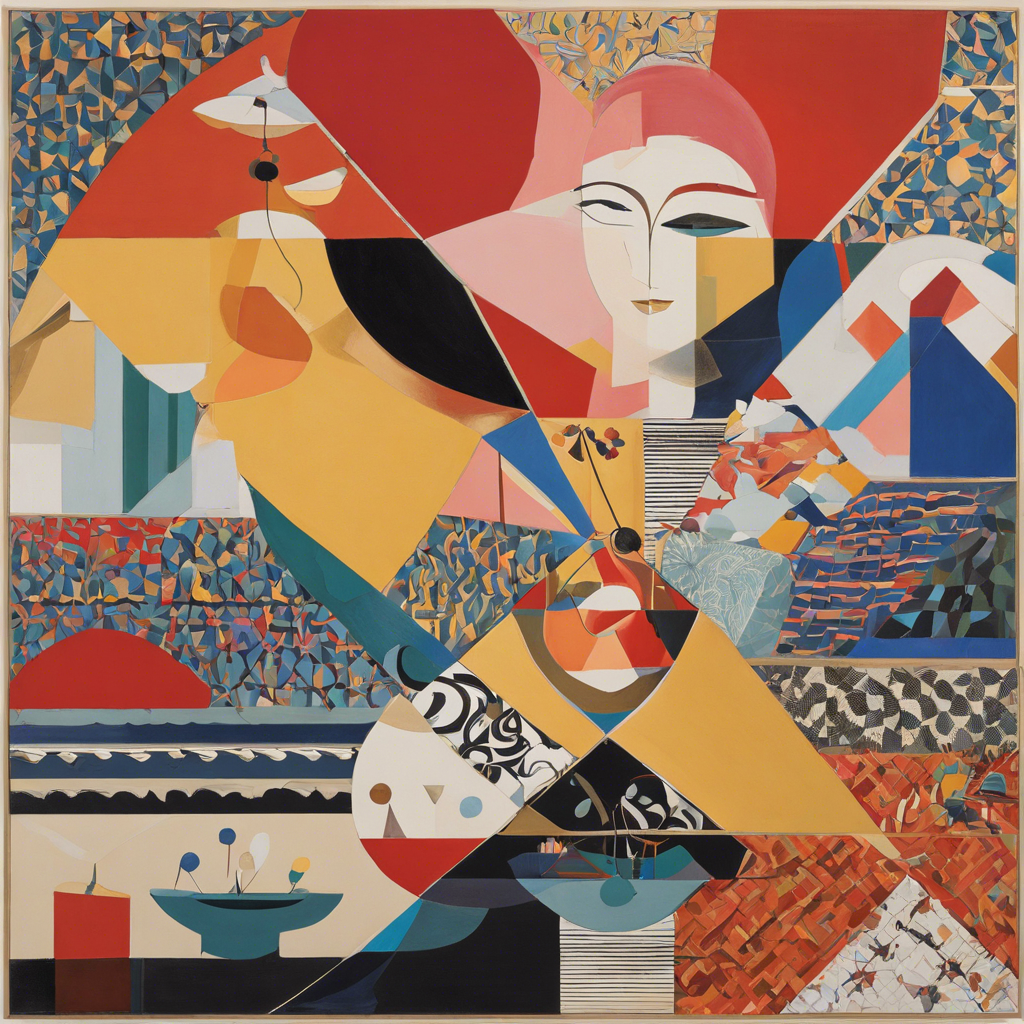The realm of art and aesthetics has long captivated humanity, stirring our emotions and sparking our curiosity. Why do we find beauty in certain forms and not others? Why does art move us so deeply? Unraveling the psychology behind our appreciation for art and beauty reveals fascinating insights into the human mind.
At its core, the psychology of aesthetics explores the intricate relationship between our perceptual, emotional, and cognitive processes when we encounter art. This field delves into the subjective nature of taste and preference, shedding light on why we are drawn to particular artistic styles, musical genres, or architectural designs. By understanding the underlying psychological mechanisms, we can grasp why art plays such a significant role in our lives.
Our emotional response to art is integral to the psychology of aesthetics. Art has the remarkable ability to evoke feelings of joy, sadness, awe, or tranquility. When we view a breathtaking landscape painting, listen to a hauntingly beautiful melody, or watch a heart-wrenching drama, our emotions are engaged. These experiences can be deeply personal, as our unique histories and associations shape how we interpret and respond to artistic stimuli.
The cognitive aspect of the psychology of aesthetics is equally intriguing. Our brains are hardwired to seek patterns, symmetry, and order. We find beauty in things that conform to these principles, such as harmonious color combinations, elegant proportions, or graceful movements. However, our attraction to complexity and novelty cannot be understated. We are captivated by intricate patterns, abstract concepts, and unique presentations that challenge our understanding and encourage exploration.

